Minister of Transport Tran Hong Minh has just signed, on behalf of the Government, a draft Resolution on specific mechanisms and policies for the development of urban railways in Hanoi and Ho Chi Minh City to the National Assembly.
These are proposals on specific mechanisms and policies for the two largest cities in the country to be able to complete hundreds of kilometers of urban railway in the next decade. These specific policies are not yet in the law, or are different from the law, leading to the need for a resolution of the National Assembly to standardize them.
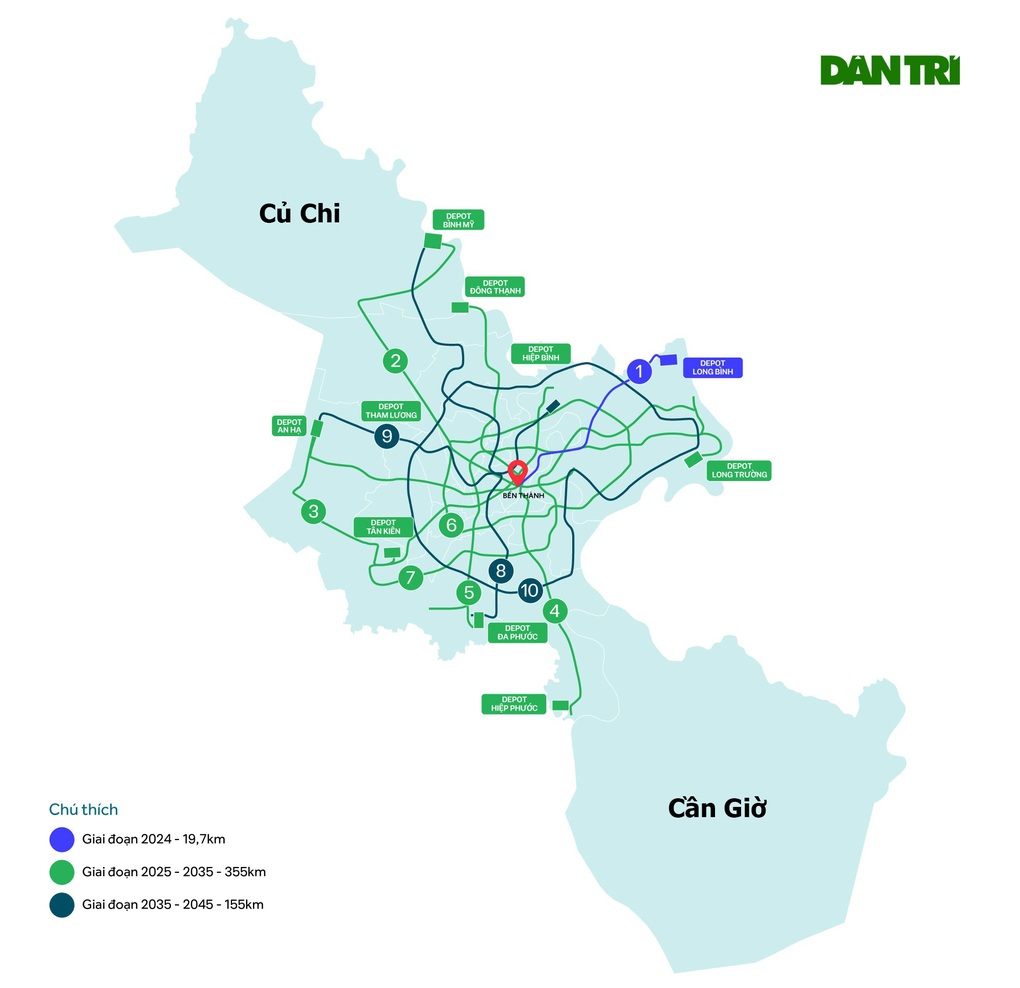 Ho Chi Minh City's urban railway planning with 355km of metro is prioritized for investment from now until 2035 (Graphic: Khuong Hien).
Ho Chi Minh City's urban railway planning with 355km of metro is prioritized for investment from now until 2035 (Graphic: Khuong Hien).
In the submission, the Government proposed 6 groups of mechanisms that need to be standardized, including (1) capital mobilization; (2) Investment procedures and sequence; (3) Urban development according to the TOD model (Transit Oriented Development, an urban development model oriented towards public transport development); (4) Railway industry development, technology transfer and human resource training; (5) Construction materials policy; (6) Regulations specifically applicable to Ho Chi Minh City.
The reason there is a 6th group of mechanisms specifically for Ho Chi Minh City is because the Capital Law issued in 2024 has removed the mechanism obstacles for Hanoi.
Some specific mechanisms for Ho Chi Minh City such as: In the TOD area, the Ho Chi Minh City People's Committee is allowed to collect and use 100% of the revenue from some revenues from exploiting added value from land; the City People's Committee is allowed to borrow through issuing local government bonds, borrowing from domestic financial institutions, re-borrowing Government loans...
This is not the first time the Government has proposed that the National Assembly pass specific mechanisms to accelerate infrastructure construction. A previous successful example was the National Assembly passing a series of specific mechanisms to accelerate the progress of a series of North-South expressway projects in the 2017-2020 and 2021-2025 periods.
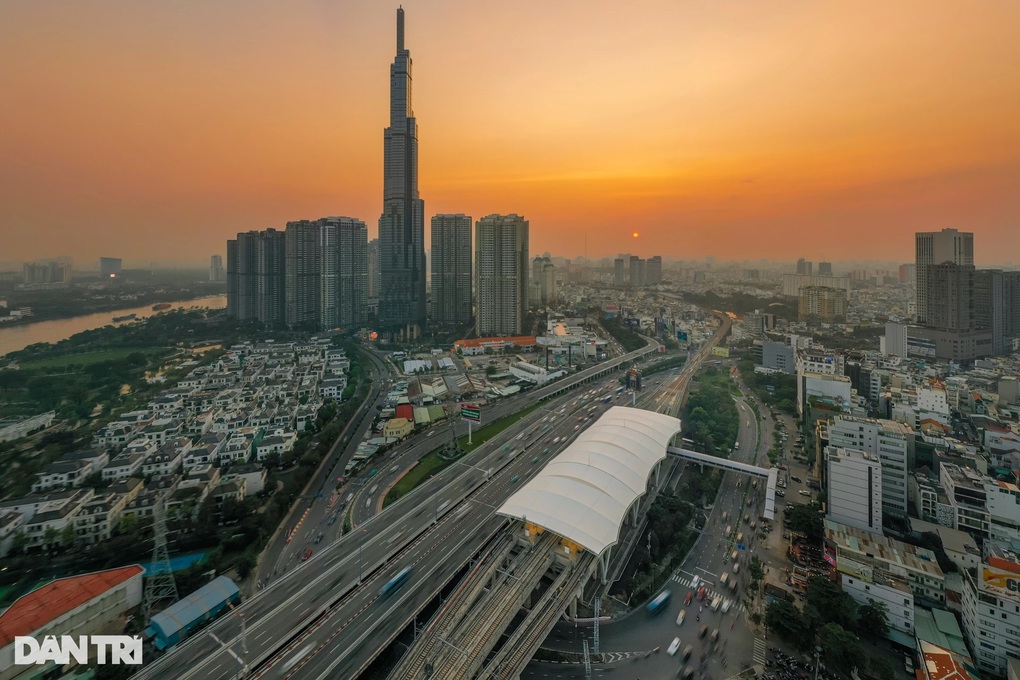 Ho Chi Minh City needs to urgently implement the next metro projects after the opening of metro line 1 (Photo: Nam Anh).
Ho Chi Minh City needs to urgently implement the next metro projects after the opening of metro line 1 (Photo: Nam Anh).
The government said that there are currently more than 200 cities in the world building urban railway systems. Cities with a population of about 5 million people and an average income per capita of about 6,000 USD/person/year are recommended to invest in metro systems to reduce congestion, pollution, and traffic accidents.
Hanoi's population in 2023 will be about 8.5 million people, with an average income of 5,900 USD/person/year. Similarly, Ho Chi Minh City will have about 9.5 million people and 6,700 USD/person/year. Therefore, it is appropriate to accelerate the progress and invest in the urban railway system of the two cities at this time.
Urban railways in Hanoi and Ho Chi Minh City began construction in 2007. However, the progress has been slow and has not met the transportation demand. The implementation process has encountered many difficulties and problems with mechanisms and policies, especially regulations on investment procedures, resource mobilization and implementation organization.
Recently, the two cities have completed two urban railway development projects, with changes in the number of projects, route directions, TOD development thinking... and proposed specific policies based on lessons learned from the delays and shortcomings of the metro projects that have been implemented.
Dantri.com.vn


![[Photo] General Secretary To Lam holds a brief meeting with Russian President Vladimir Putin](https://vphoto.vietnam.vn/thumb/1200x675/vietnam/resource/IMAGE/2025/5/10/bfaa3ffbc920467893367c80b68984c6)
![[Photo] Prime Minister Pham Minh Chinh chairs Government Standing Committee meeting on Gia Binh airport project](https://vphoto.vietnam.vn/thumb/1200x675/vietnam/resource/IMAGE/2025/5/10/6d3bef55258d417b9bca53fbefd4aeee)
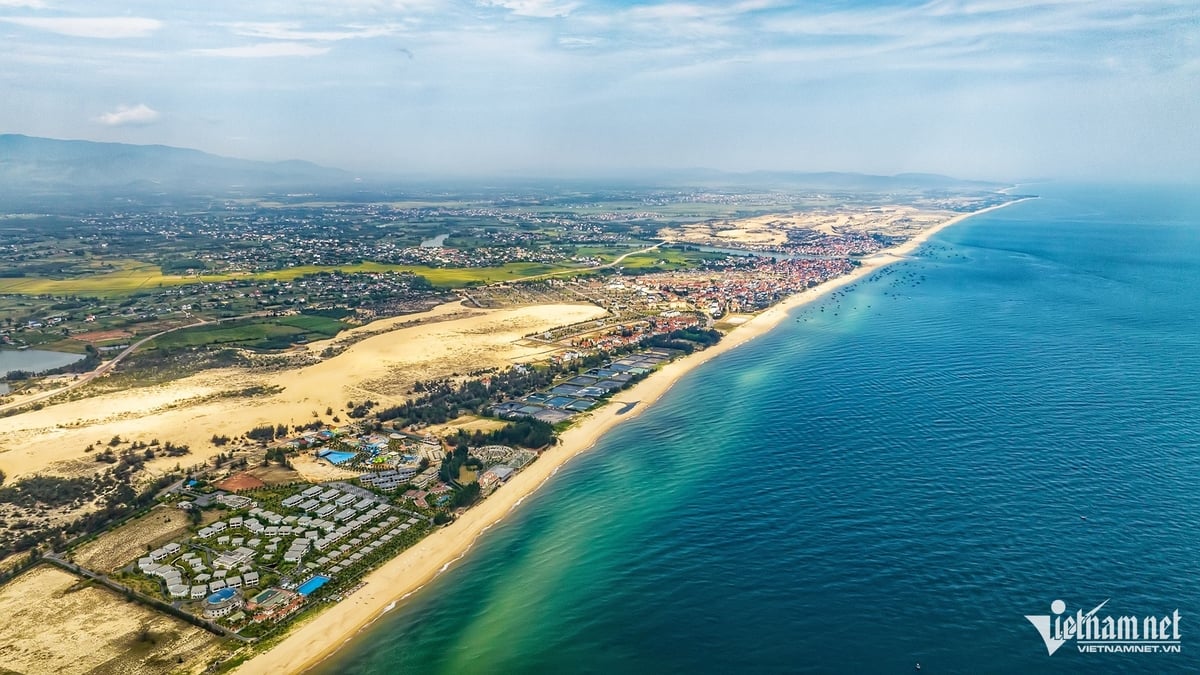
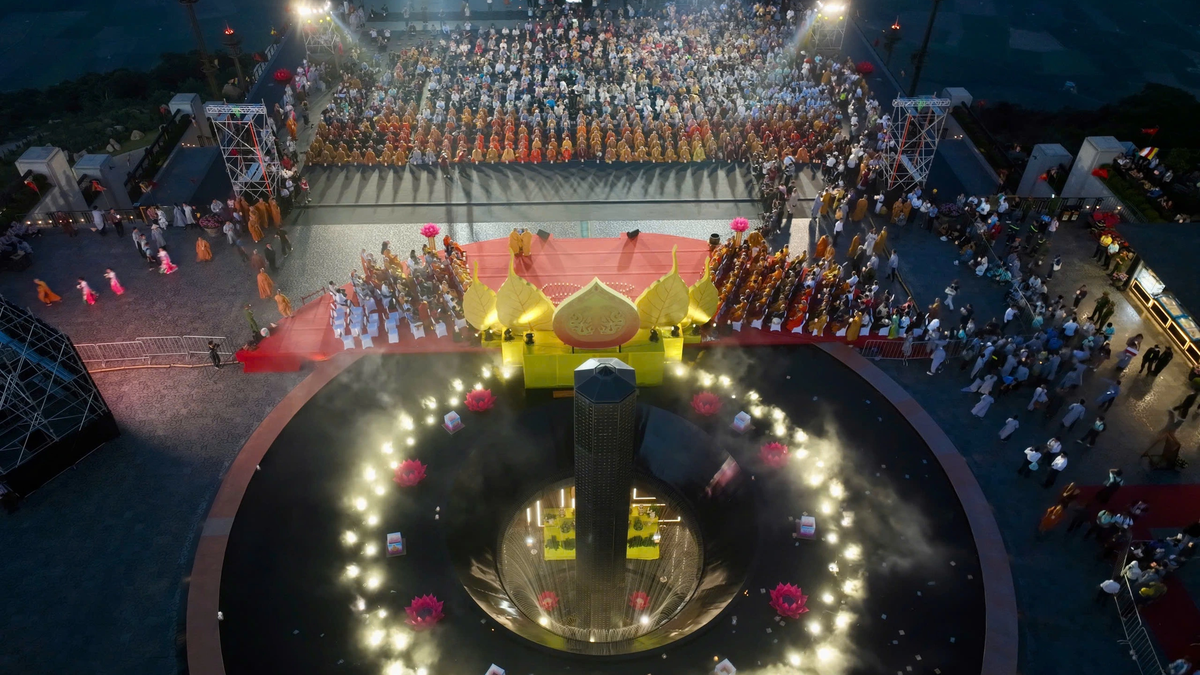




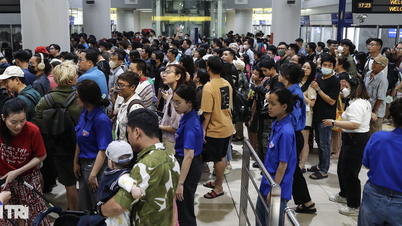
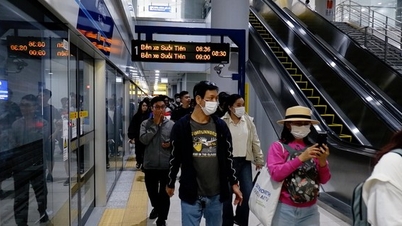

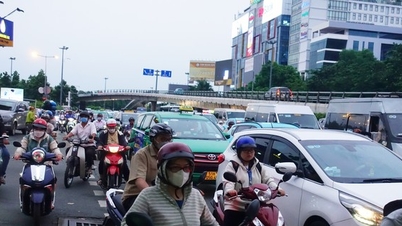

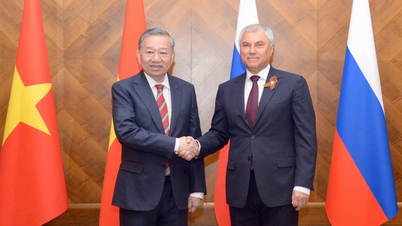



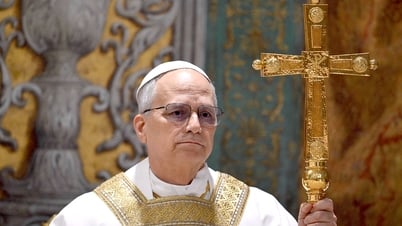
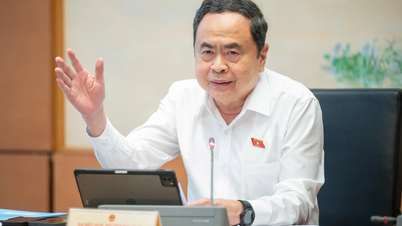









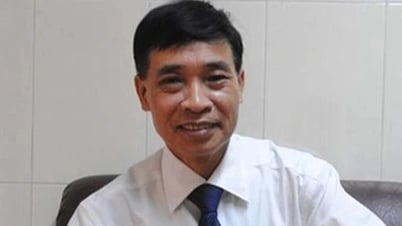
![[Photo] Prime Minister Pham Minh Chinh chairs a meeting of the Steering Committee for key projects in the transport sector.](https://vphoto.vietnam.vn/thumb/1200x675/vietnam/resource/IMAGE/2025/5/10/0f4a774f29ce4699b015316413a1d09e)


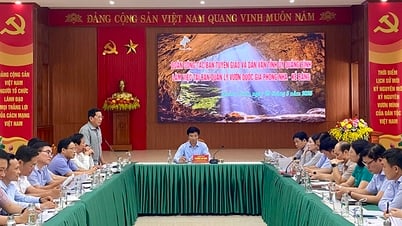



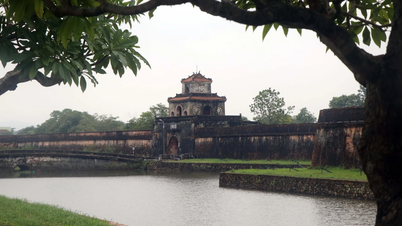








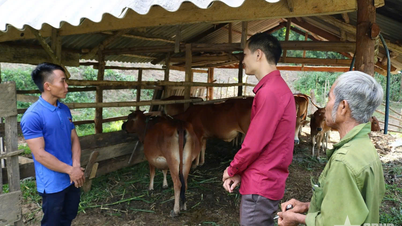

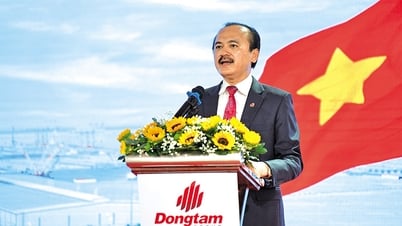













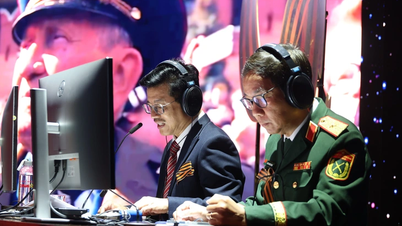


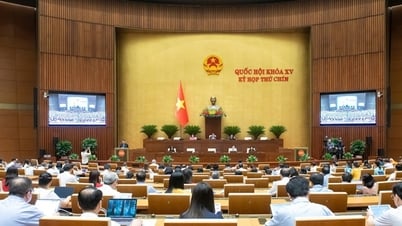



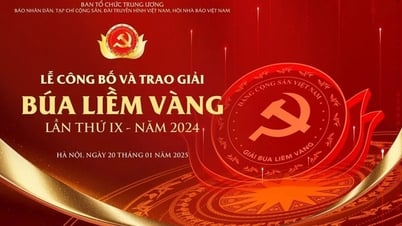

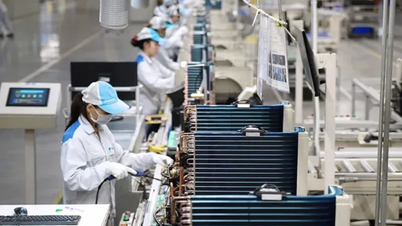



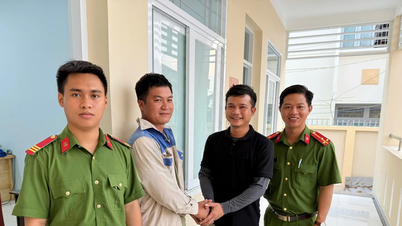

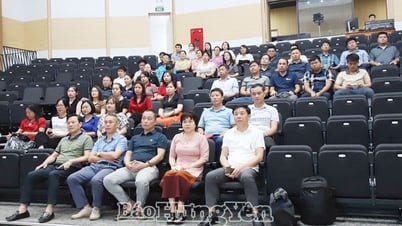



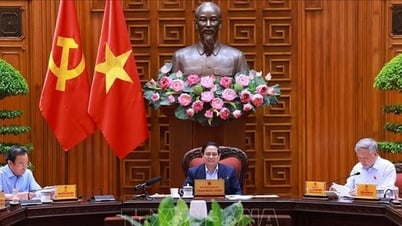


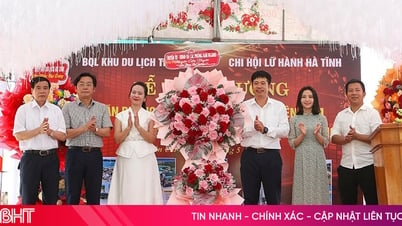


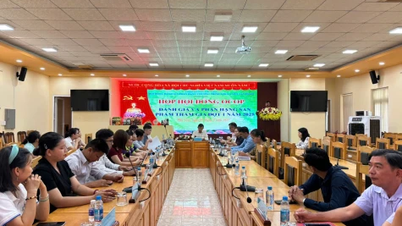

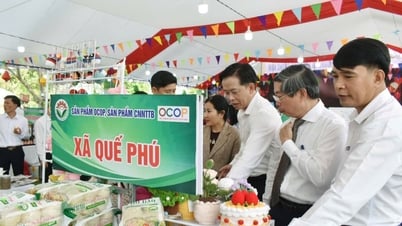


Comment (0)